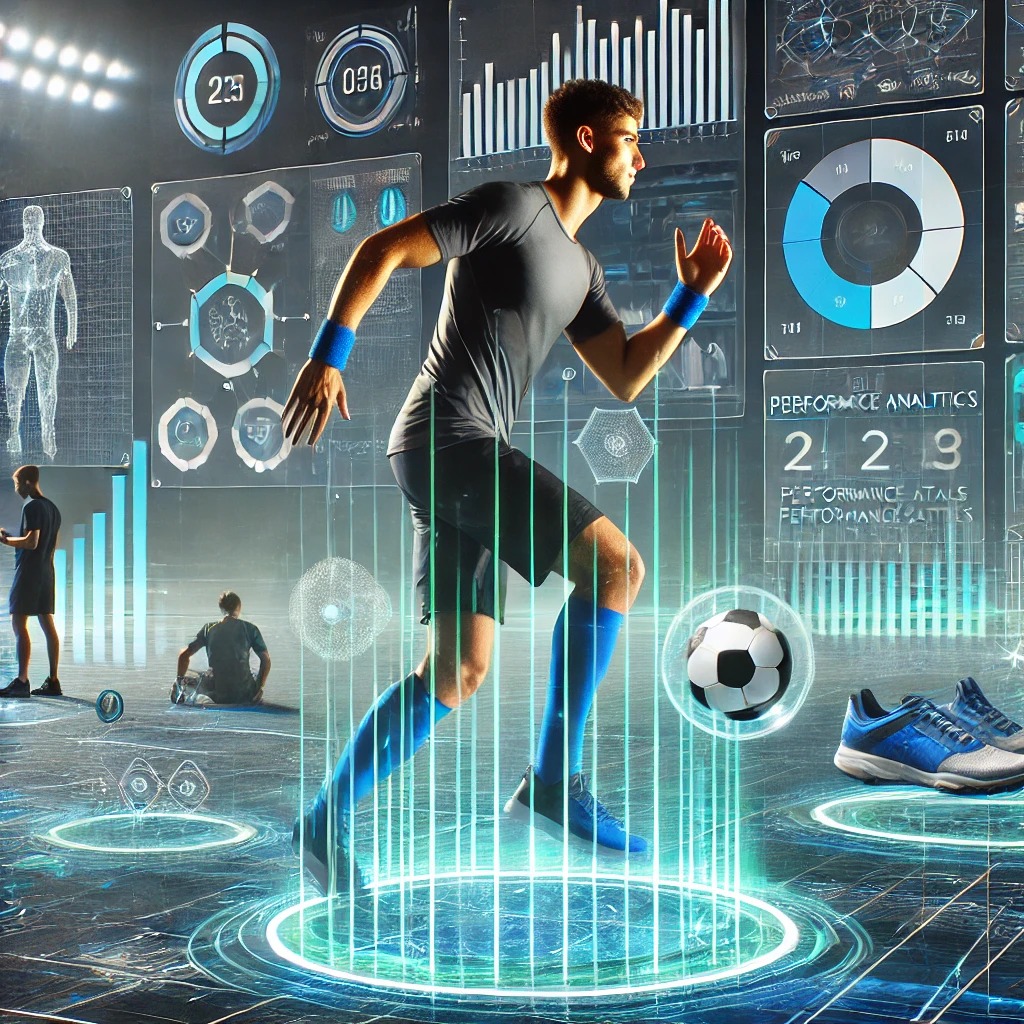Technology in the Service of Sports: How Gadgets and Applications Transform Your Athletic Performance
Introduction
In today’s world, technology has become an inseparable part of our lives, particularly in areas related to sports and healthy lifestyles. Sports gadgets and applications enable athletes and fitness enthusiasts not only to improve their performance but also to find greater motivation to engage in physical activities. This article examines the role of modern technologies such as smartwatches, fitness trackers, and sports applications in transforming athletic performance.
1. Smartwatches
Smartwatches, as some of the most advanced sports gadgets, offer a wide range of features:
- Activity Tracking: These watches can display data related to workouts, including distance traveled, calories burned, and duration of activity. Accurate information helps athletes reach their fitness goals.
- Data Analysis: Smartwatches, with their advanced capabilities, can collect data on heart rate, sleep quality, and even stress levels. This information can assist in determining the appropriate times for training or rest.
- Training Reminders: Many of these gadgets can act as reminders, encouraging athletes to stick to their training schedules and sessions. This feature helps in establishing effective habits for athletes.
2. Fitness Trackers
Fitness trackers are effective tools that enable users to:
- Analyze Daily Habits: Trackers can monitor sleep habits, daily activity, and even health metrics such as heart rate. By utilizing this data, users can review their trends and identify their strengths and weaknesses.
- Set Goals: These devices allow users to set specific goals, such as weight loss or increased endurance. These goals can be structured as weekly or monthly challenges.
- Create Competition: Many trackers provide the opportunity to compete with friends or family members, which can enhance motivation and encourage greater effort.
3. Sports Applications
Applications serve as one of the key tools in the world of sports, offering a variety of features:
- Workout Planning: Applications can create customized training programs based on the user’s skill level, goals, and preferences. These programs typically include instructional videos, nutritional tips, and audio files to provide motivation.
- Online Coaching: Users can utilize instructional videos and expert content to learn the correct techniques for various sports. This content can range from beginner to advanced exercises.
- Progress Tracking: Most sports applications allow users to document their progress. This documentation can be displayed in the form of graphs and charts, helping athletes gain an overall view of their performance trends.
4. Motivation and Community
Technology, especially through gadgets and applications, helps create a sports community among users:
- Challenges and Competitions: Many applications and trackers offer challenges to users, motivating them to train harder and achieve new successes.
- Sharing Experiences: Users can easily share their successes and experiences through social platforms. This exchange can foster a sense of support and solidarity among athletes.
- Sports Groups: Some applications provide the option to create sports groups where users can train together or share their experiences. These communities motivate athletes to collaborate on goal-setting and training.
Conclusion
Technology, particularly through gadgets and applications, has significantly impacted the way athletes train and their daily lives. These tools can help improve performance, set clear goals, and foster a sense of community among athletes. By using these gadgets and apps wisely, users can achieve a healthier lifestyle and enjoy their workouts more.
References
- T. A. V. S. G. P. R. V. (2021). The Impact of Technology on Sports Performance. Journal of Sports Sciences, 39(5), 1-13.
- M. Mendes, S. F. O., & Silva, P. (2020). Wearable Technology in Sports: A Review of the Scientific Literature. Sensors, 20(15), 4231.
- H. H. Lee & J. S. S. Kim. (2019). The Role of Fitness Apps in Physical Activity and Health: A Systematic Review. International Journal of Environmental Research and Public Health, 16(13), 2323.





